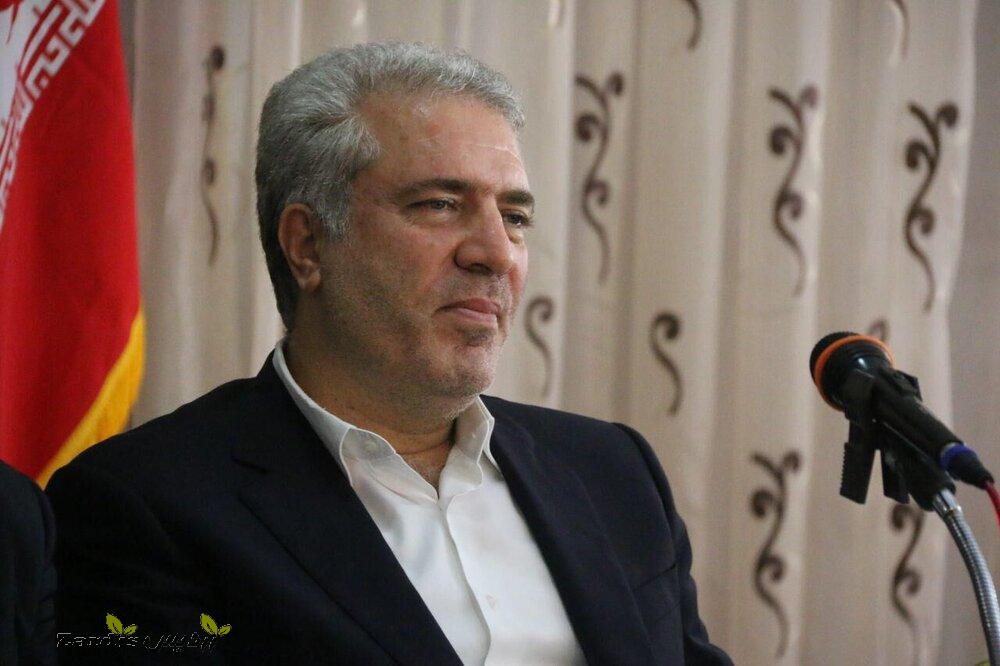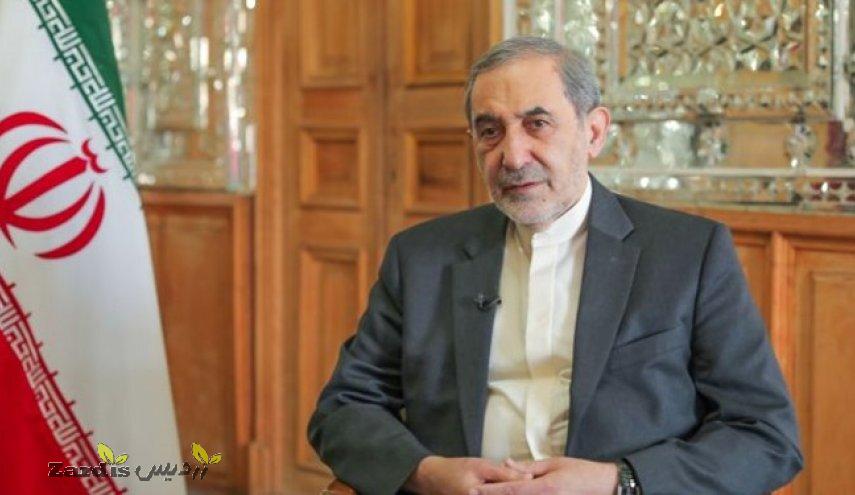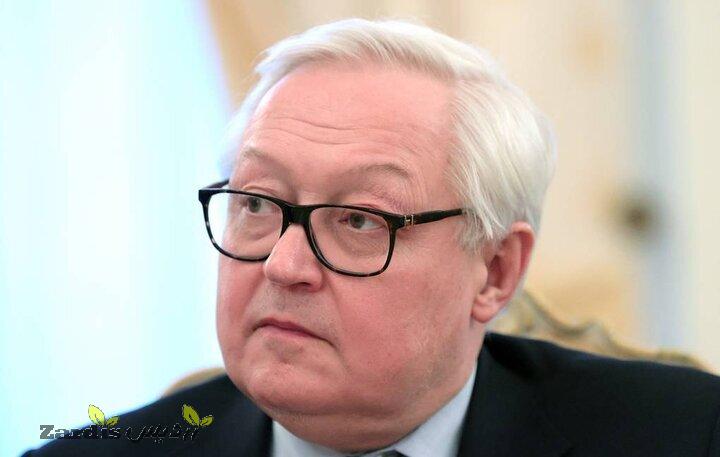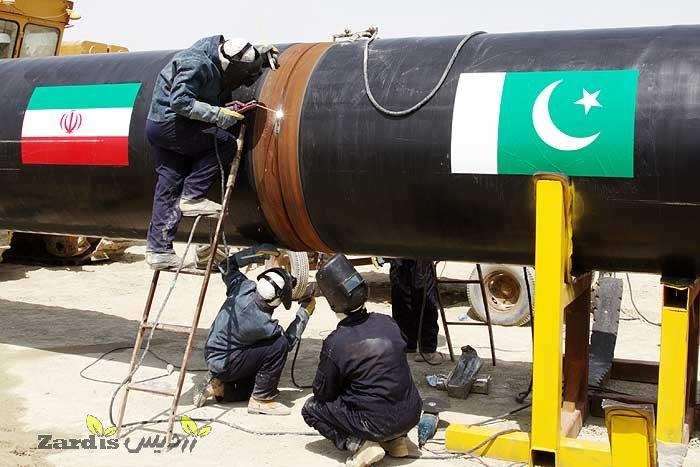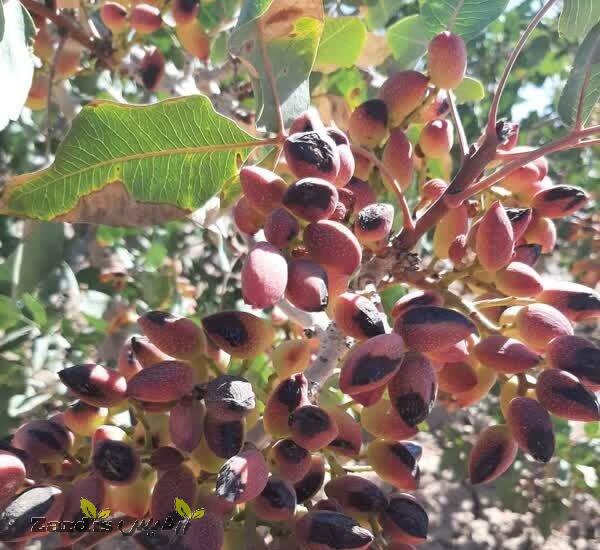TEHRAN – Cultural Heritage, Tourism, and Handicrafts Minister Ali-Asghar Mounesan issued a message on the occasion of International Day for Monuments and Sites, hoping for an “imminent end to the coronavirus [crisis] and a sincere return of human to cherish the global heritage”.
The message highlights cultural assets of the country and its importance for the world, saying: “April 18, which is known as the International Day for Monuments and Sites, is a great opportunity to pay more attention to the issue of cultural heritage in general and the programs and policies related to this occasion in particular.
Fortunately, we live in a land that is one of the richest countries in the world in terms of manifestations of culture and civilization, including arts, traditions, and rituals, and in this respect, Iran is one of the most exceptional lands in the world. Cultural heritage is one of the assets. Its importance in recent years has received more public attention, experts and officials on local, national and global scales and is a treasure trove of experiences, techniques, knowledge, and art of the past for the use of present and future generations.”
Mounesan, also referred to a significant responsibility for all human beings regarding the preservation of cultural heritage for next generations: “Today, cultural heritage is also important from the perspective that we, as current protectors, have a responsibility to pass it on to future generations, so we must strive to preserve world history for future generations so that everyone can know about their background and values. Undoubtedly, in this context, what is known as historical monuments need to be preserved in the first place.”
“In recent years, while performing its legal duties in the field of protection of historical and cultural monuments, has tried to restore a significant number of historical monuments, which has been welcomed by the private sector and various members of society,” the message also reads.
Mounesan also explained about the ministry’s plan for protecting the historical monuments which are under private ownership, saying, “the plan of partnership with the owners of historical monuments for their protection and restoration, as well as the creation and development of private museums have been other ongoing programs of this ministry to create the ground for public participation in the protection of historical monuments.
In the future, strengthening and developing this program, expanding cooperation with public institutions and institutions for the protection and restoration of buildings, complexes, sites, and historical and cultural contexts, as well as paying special attention to identifying and introducing historical and cultural landscapes as neglected wealth for sustainable development have been on the agenda of serious attention.”
“It seems that according to this year’s slogan of the International Council of Monuments and Historic Sites, which is called “complex pasts, diverse futures”, the issue of paying attention and using past experiences to plan for future development is of double importance. To this end, the Ministry will play a more active and driving role in development.
On the other hand, this year we are celebrating the International Day for Monuments and Sites while the world is grappling with the Coronavirus crisis, a pandemic that has inevitably led to travel restrictions and reduced tourists’ familiarity with historical attractions. In such circumstances, this year’s slogan, while looking at the challenges that threaten human heritage and affect our approach to it, emphasizes the need to identify life-saving strategies for the preservation and introduction of cultural heritage in the future.”
He also mentioned, “this year’s slogan also shows the worries and concerns that may obscure the future of historical monuments, so it is a public invitation from all countries to increase their past experiences and resources in the light of international consensus and cohesion and each has a stake in charting a hopeful and bright future for the common human heritage.”
Mounesan also called the “creative use of virtual capacities” as “necessary more than ever” and highlighted: “undoubtedly, in the current situation, the creative use of virtual capacities is more necessary than ever and will maintain the human connection to cultural heritage and prevent irreparable gaps in this field.
It can be said that the separation – albeit temporary – of a large part of the citizens of the communities from the historical monuments due to the COVID-19 pandemic affects their identity and cultural aspects, and the continuation of such a process requires reparations that can only be achieved through international cooperation.”
In 1982, UNESCO’s General Conference established 18 April as the International Day for Monuments and Sites, in many countries also celebrated as World Heritage Day.
According to UNESCO, the history of a place can involve many points of view. The conservation of cultural heritage requires careful examination of the past, and its practice demands provision for the future.
In recent years, debates on certain narratives, and particular stories over others, have come to the forefront. Addressing difficult and often contested histories involves complex conversations with different stakeholders, avoiding biased views and interpretations of the past.
The World Heritage Convention (1972) states: “deterioration or disappearance of any item of the cultural or natural heritage constitutes a harmful impoverishment of the heritage of all the nations of the world”. However, imbalances in recognition, interpretation, and ultimately, conservation of various cultural manifestations continue to exist.
Zardis news | The latest news of Iran and the world
تمامی حقوق مطالب برای "Zardis news"محفوظ است و هرگونه کپی برداری بدون ذکر منبع ممنوع می باشد.
طبق ماده 12 فصل سوم قانون جرائم رایانه ای کپی برداری از قالب و محتوا پیگرد قانونی خواهد داشت.



